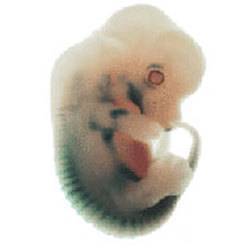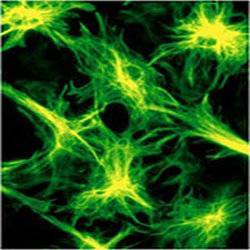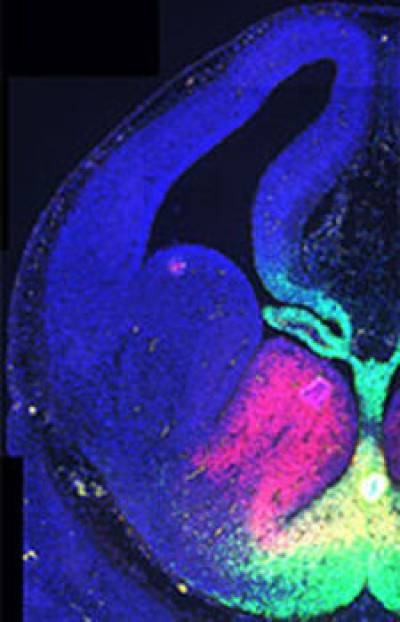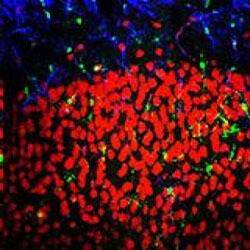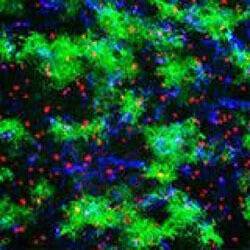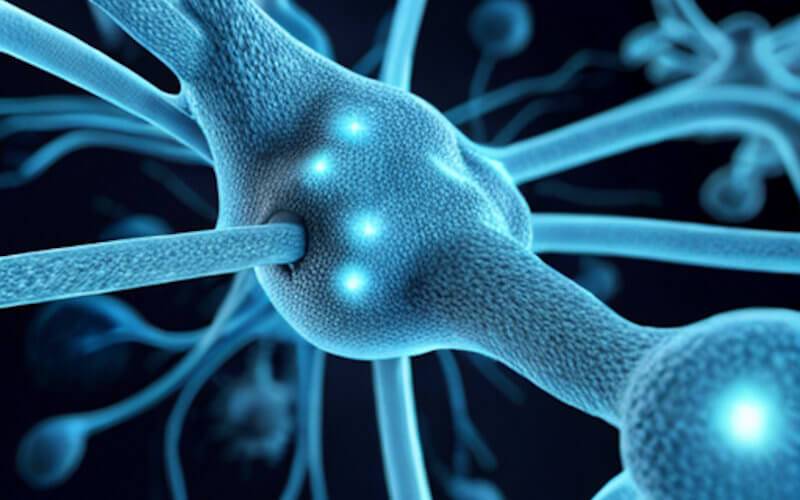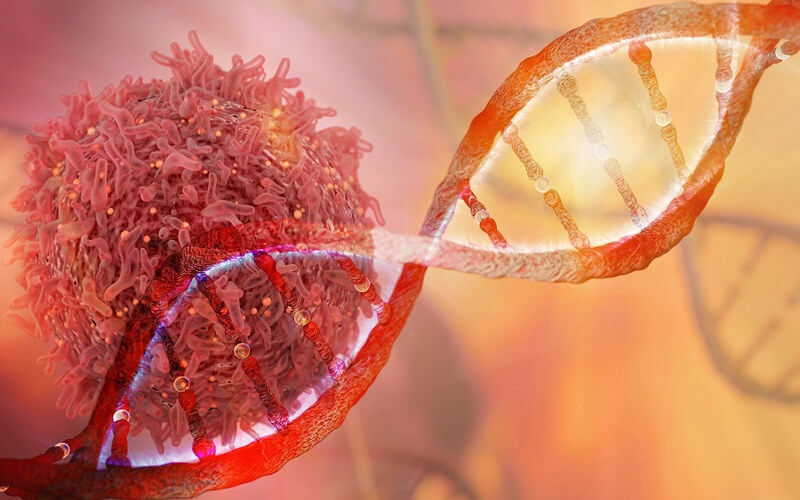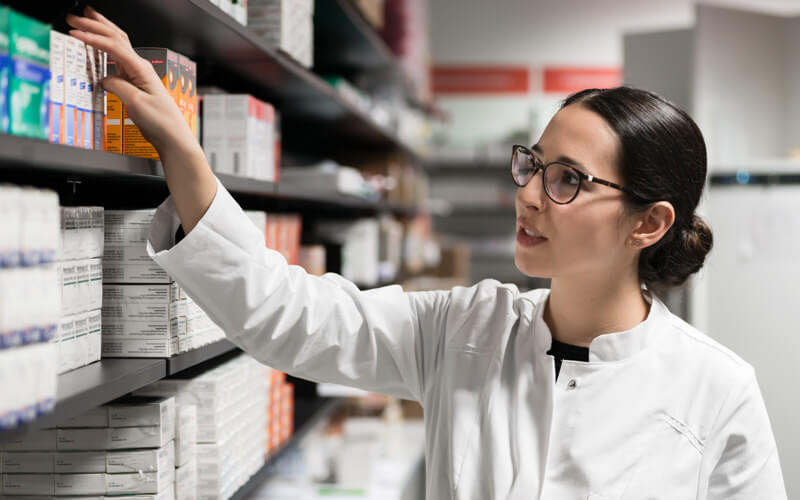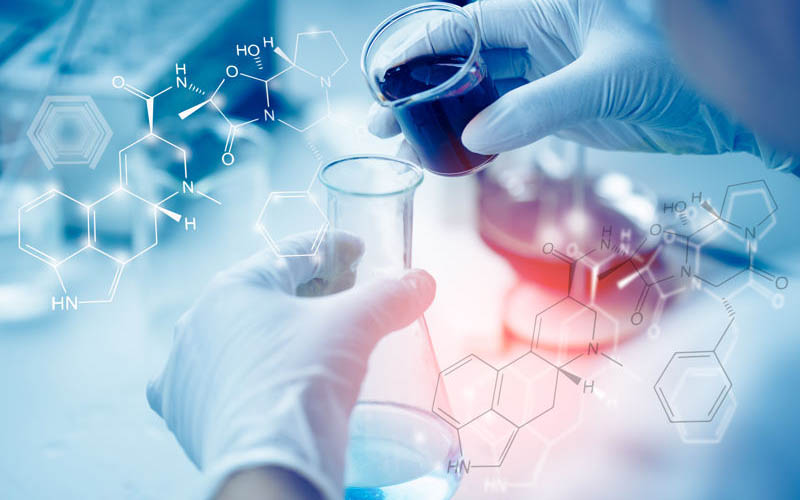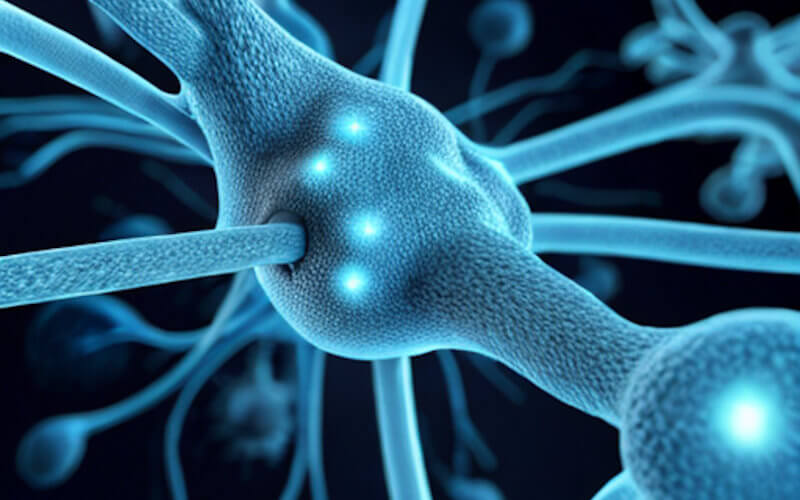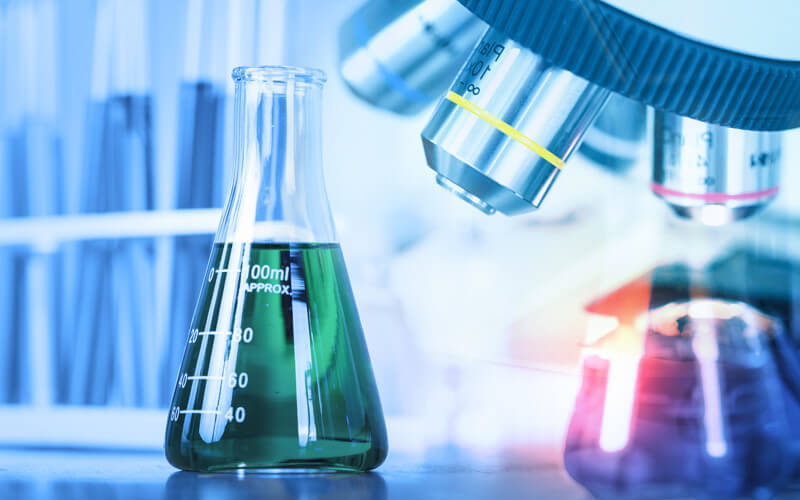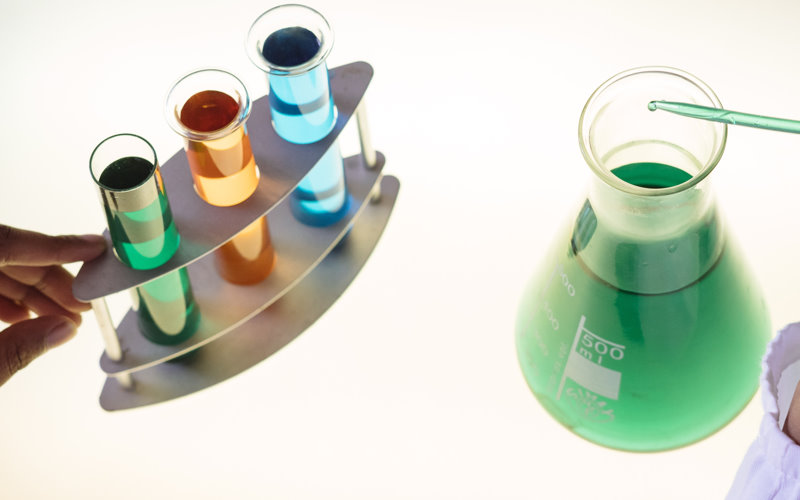Neural Development, Plasticity and Repair
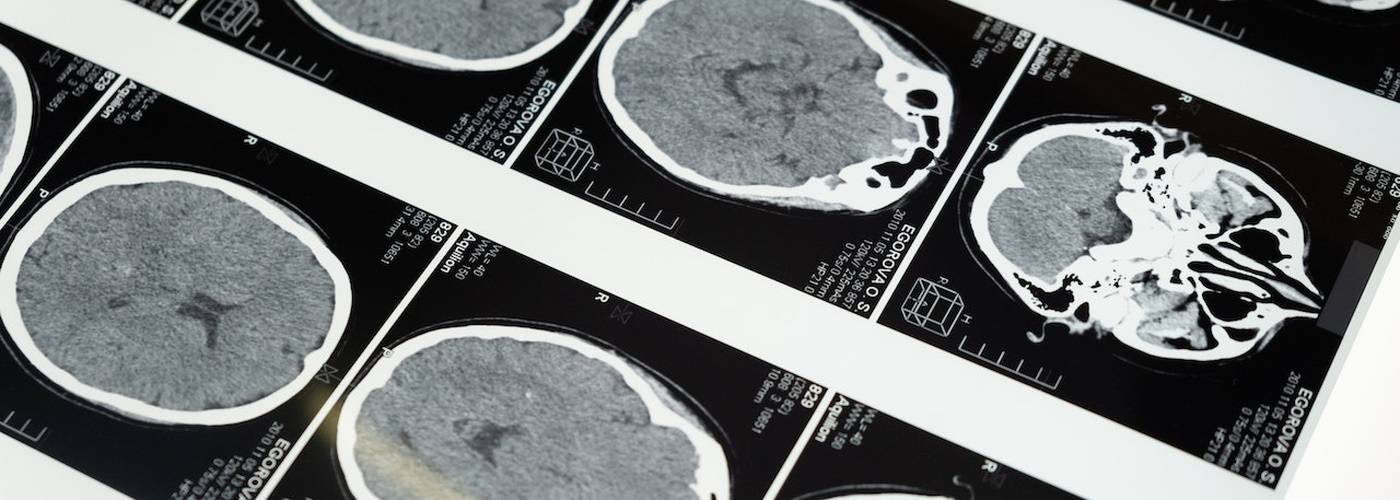
Learning and memory formation stimulates and requires new oligodendrocytes
Performance scores achieved by mice in a radial maze task depend critically on the number of new oligodendrocyte lineage cells that are generated in the prefrontal area during training. Watch a demonstration.
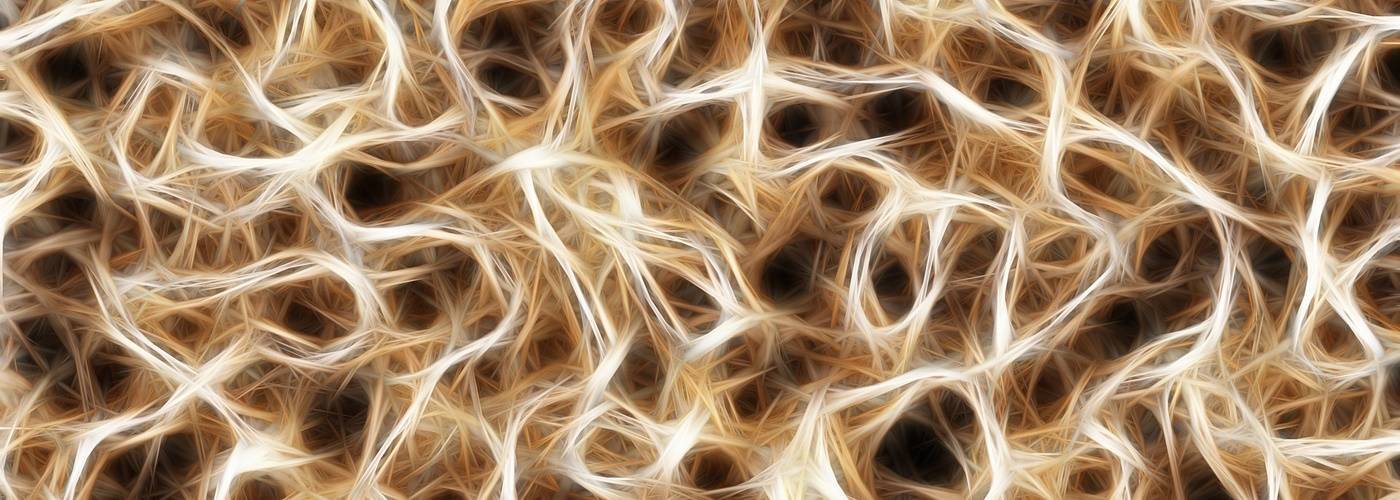
Co-operation between transcription factors regulates cortical interneuron subtype identity
The Kessaris Lab provides new insight into the generation of a group of inhibitory neurons which can be identified by co-expression of the neuropeptides SST and NPY.
The Neural Development, Repair and Plasticity Group
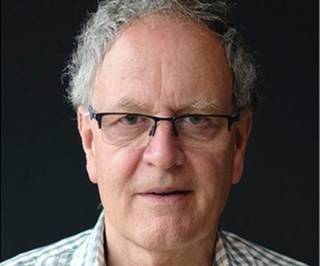
Prof. William Richardson
Glial cell development, plasticity & function
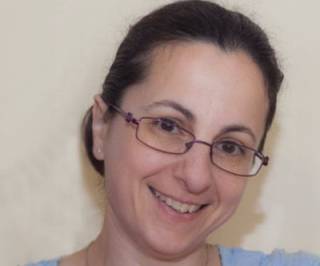
Prof. Nicoletta Kessaris
Neuro-glia development & disease
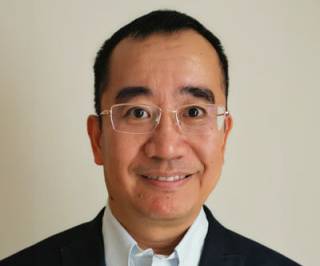
Prof. Huiliang Li
Mechanisms of neural development
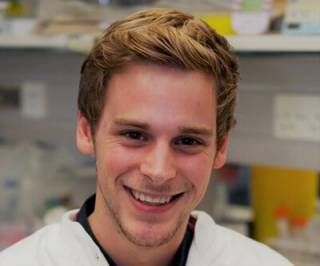
Dr Matthew Swire
Oligodendrocyte development & myelination
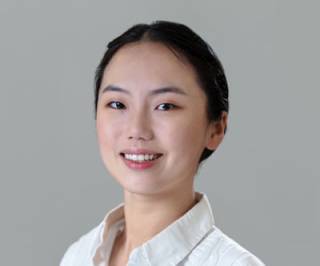
Yi Jiang
PhD Student

Tianhao Gao
PhD Student
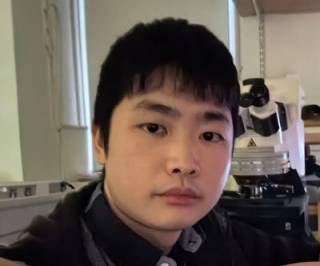
Hao Hu
PhD Student
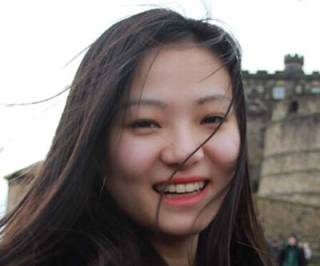
Yumeng Zhang
PhD Student
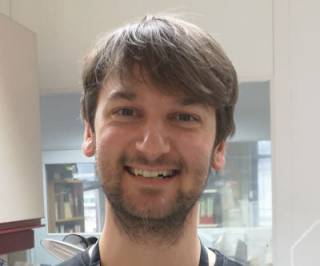
Alexander Fudge
Technician / PhD Student
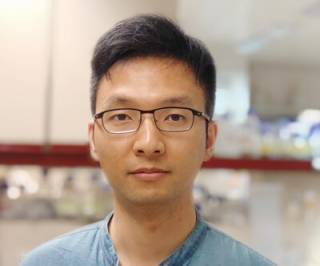
Dr Cheng Yang
Associate Staff

Yiting Feng
Visiting PhD Student
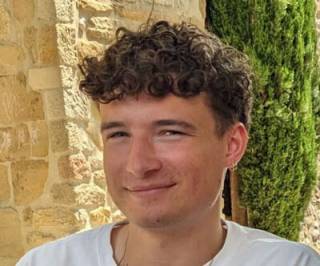
Marcus Lloyd
Research Assistant
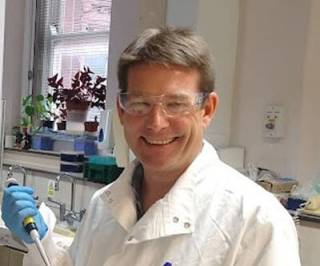
Matthew Grist
Lab Manager
Selected Publications
- Shimizu T, Nayar SG, Swire M, Jiang Y, Grist M, Kaller M, Sampaio Baptista C ... Li H, Richardson WD (2023). Oligodendrocyte dynamics determine cognitive performance outcomes of working memory training in mice. Nat Commun, 14:6499.
- Kessaris N and Denaxa M (2023). Cortical interneuron specification and diversification in the era of big data. Current Opinion in Neurobiology 80, 102703.
- Wu S, Hu L, Fu Y, Chen Y, Hu Z, Li H, Liu Z (2023). Effects of Intestinal M Cells on Intestinal Barrier and Neuropathological Properties in an AD Mouse Model. Molecular Neurobiology.
- Kessaris N (2022). Human cortical interneuron development unraveled. Science 375 (6579), 383-384.
- Asgarian Z, Oliveira MG, Stryjewska A, Maragkos I, Rubin AN … Kessaris N (2022). MTG8 interacts with LHX6 to specify cortical interneuron subtype identity. Nature Communications 13 (1), 5217.
- Magno L, Asgarian Z, Apanaviciute M, Milner Y, Bengoa-Vergniory N, Rubin AN, Kessaris N (2022). Fate mapping reveals mixed embryonic origin and unique developmental codes of mouse forebrain septal neurons. Communications Biology 5 (1), 1137.
- Magno L, Asgarian Z, Pendolino V, Velona T, Mackintosh A … Kessaris N (2021). Transient developmental imbalance of cortical interneuron subtypes presages long-term changes in behavior. Cell Reports, 35 (11), 109249.
- Zhang G-Y, Lv Z-M, Ma H-X, Chen Y, Yuan Y, Sun P-X ... Li H, Li W (2021). Chemical approach to generating long-term self-renewing pMN progenitors from human embryonic stem cells. Journal of Molecular Cell Biology, Vol. 14, Issue 1.
- Ju J, Yang X, Jiang J, Wang D, Zhang Y, Zhao X ... Li H, Li N (2021). Structural and Lipidomic Alterations of Striatal Myelin in 16p11.2 Deletion Mouse Model of Autism Spectrum Disorder. Frontiers in Cellular Neuroscience, 15.
- Swire M, Assinck P, McNaughton PA, Lyons DA, Ffrench-Constant C, Livesey MR (2021). Oligodendrocyte HCN2 Channels Regulate Myelin Sheath Length. J Neurosci. 22;41(38):7954-7964.
- An J, Zhang Y, Fudge AD, Lv H, Richardson W, Li H (2021). G protein-coupled receptor GPR37-like 1 regulates adult oligodendrocyte generation. Developmental Neurobiology 2021 Nov;81(8):975-984.
- Asgarian Z, Magno L, Ktena N, Harris KD, Kessaris N (2019). Hippocampal CA1 somatostatin interneurons originate in the embryonic MGE/POA. Stem Cell Reports 13.
- Swire M, Kotelevtsev Y, Webb DJ, Lyons DA, Ffrench-Constant C (2019). Endothelin signalling mediates experience-dependent myelination in the CNS. Elife 28;8:e49493.
- Kasuga Y, Fudge AD, Zhang Y, Li H (2019). Characterization of a long noncoding RNA Pcdh17it as a novel marker for immature premyelinating oligodendrocytes. Glia. Nov;67(11):2166-2177.
- Jolly S, Bazargani N, Quiroga AC, Pringle NP, Attwell D, Richardson WD, Li H (2018). G protein-coupled receptor 37-like 1 modulates astrocyte glutamate transporters and neuronal NMDA receptors and is neuroprotective in ischemia. Glia. Jan;66(1):47-61.
- Xiao L, Ohayon D, McKenzie IA, Sinclair-Wilson A, Wright JL, Fudge AD, Emery B, Li H, Richardson WD (2016). Rapid production of new oligodendrocytes is required in the earliest stages of motor-skill learning. Nat Neurosci, Sep;19(9):1210-1217.
- McKenzie IA, Ohayon D, Li H, Paes de Faria J, Emery B, Tohyama K, Richardson WD (2014). Motor skill learning requires active central myelination. Science. Oct 17;346(6207): 318-22.
- Young KM, Psachoulia K, Tripathi RB, Dunn S-J, Cossell L, Attwell D, Tohyama K, Richardson WD (2013). Oligodendrocyte dynamics in the healthy adult CNS: evidence for myelin remodelling. Neuron. Mar 6;77(5): 873-85.
- Li H, de Faria JP, Andrew P, Nitarska J, Richardson WD (2011). Phosphorylation regulates OLIG2 cofactor choice and the motor neuron-oligodendrocyte fate switch. Neuron, 69(5), 918-929.
- Kessaris N, Fogarty M, Iannarelli P, Grist M, Wegner M, Richardson WD (2006). Competing waves of oligodendrocytes in the forebrain and postnatal elimination of an embryonic lineage. Nat Neurosci. 9(2):173-9.
Funding and Partnerships
Grants awarded:
- William Richardson (since 2013)
- 2019-2024: Wellcome Trust Investigator Award “Adaptive myelination in learning and memory”
- 2019-2024: Sanming collaborative project (with H. Li, J. Wood, J. Zhao, M. Häusser, D. Attwell at UCL and others at Sun Yat-sen University, Shenzhen, China)
- 2019-2023: BBSRC Research Grant “Control of oligodendrocyte development by OLIG2 and chromatin remodelling complexes” (with H. Li, WIBR)
- 2015-2022: Wellcome Strategic award “Functional Neuromics of the Cerebral Cortex” [with K. Harris, M. Häusser, M. Carandini, N. Kessaris (UCL), P. Somogyi (Oxford U), J. Hjerling-Leffler, M. Nilsson, S. Linnarsson (Karolinska Inst, Sweden)]
- 2013-2019: Wellcome Trust Senior Investigator Award, "Transcriptional control of CNS myelination in development and maturity"
- 2012-2017: European Research Council Advanced Grant "MOTOGLIA: axoglial synapses, adult myelination and motor skills learning"
- 2008-2013: National Institutes of Health "Cellular and genetic origins of astrocytes" (with David Rowitch, UCSF; Charles D Stiles, Harvard Med Sch; Ben Barres, Stanford U)
- 2008-2013: Medical Research Council Programme "Stem and progenitor cells of the postnatal CNS" (with Nicoletta Kessaris, WIBR)
- Nicoletta Kessaris
- 2015-2022: Wellcome Strategic award “Functional Neuromics of the Cerebral Cortex” [with K. Harris, M. Häusser, M. Carandini, W. Richardson (UCL), P. Somogyi (Oxford U), J. Hjerling-Leffler, M. Nilsson, S. Linnarsson (Karolinska Inst, Sweden)]
- 2016-2020: BBSRC project grant, “LHX6, MTG8 and MTG16: functions and interactions in cortical interneuron development”
- 2017-2018: PTEN Foundation project grant “The impact of the PTENR173C point-mutation on neuronal development in mice and explanted neurons” (with B. Vanhaesebroeck, UCL)
- 2010-2013: Wellcome project grant, “Optogenetic manipulation of interneuron development and function” (with D. Kullmann and M.K. Häusser, UCL)
- 2008-2014: European Research Council Starting Independent Research Grant, “Migration and integration of GABAergic interneurons into the developing cerebral cortex: a transgenic approach”
- 2008-2011: Wellcome Trust PhD studentship, “Neurogenesis in the mouse telencephalon”
- 2008-2013: Medical Research Council Programme "Stem and progenitor cells of the postnatal CNS" (with W. Richardson (PI), WIBR)
- 2007-2012: Wellcome Programme grant, “Diversity and function of CNS glia: a transgenic and electrophysiological approach” (with W. Richardson (PI), I. Attwell and R. Karadottir)
- 2007-2011: MRC Capacity building PhD studentship “Biology of neural stem cells in the adult mouse forebrain: a transgenic approach”
- 2006-2009: MRC New Investigator award “Generation of neuronal diversity in the developing telencephalon”
- 2002-2007: MRC Programme grant, “Neural stem cells and neuroglial lineages in the central nervous system” (with W. Richardson (PI) and H.K. Smith)
- Huliang Li
- 2022-2024: BBSRC Research Grant, Co-I, Metabolic and behavioural phenotyping platform for obesity, diabetes, aging and exercise studies in mouse (BB/W020009/1 with Prof. Stefan Trapp and others)
- 2021-2023: Royal Society Cost Share Grant, PI, Collaborative Study of the Effects of Natural Molecules on Reactive Astrocytes (IEC\NSFC\201134)
- 2019-2023: BBSRC Research Grant, Co-PI, Control of oligodendrocyte development by Olig2 and chromatin remodelling complexes (with Prof. Bill Richardson, BB/S008934/1)
- 2019-2022: Newton International Fellowship Grant, UK-PI, Towards CRISPR/Cas9-mediated gene correction for inherited retinal disease (NIF\R1\181649 with Dr Jing An)
- 2018-2022: BBSRC Research Grant, PI, Cholesterol esters of oligodendrocytes in developmental and ageing brain (BB/S000844/1)
- 2018-2020: Newton International Fellowship Grant, UK-PI, Improving the therapeutic potential of adult stem cells for Alzheimer's disease treatment (NIF003\1003 with Dr Yajun Wang)
- 2017-2019: Alzheimer's Research UK Pilot Grant, PI, Cholesterol esters in oligodendrocytes and the implications for Alzheimer’s disease (ARUK-PPG2017B-013)
- 2016: British Council Researcher Links Grant, PI, Collaborative strategies to study myelin and fight against multiple sclerosis and other white matter diseases. (227225126)
- 2015-2018: Newton Advanced Fellowship Grant, UK-PI, Towards rapid and efficient production of oligodendrocyte precursors from human pluripotent stem cells (with Dr Wenlin Li)
- 2014-2017: BBSRC Research Grant, PI, Transgenic approaches to understanding astrocyte heterogeneity (BB/L003236/1)
- Matthew Swire
- 2023-2028: MRC Career Development Award, How does Adaptive Myelination Re-shape Neural Circuits During Learning? (MR/X019977/1)

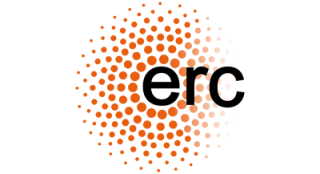
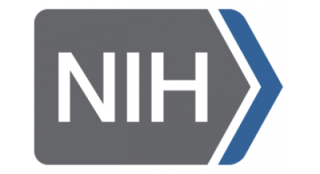
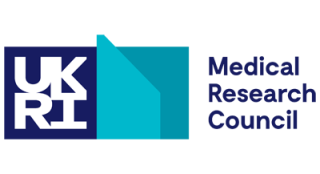
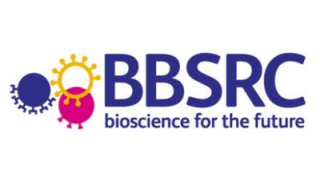
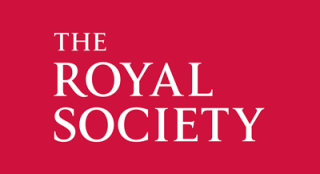
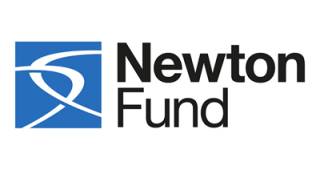
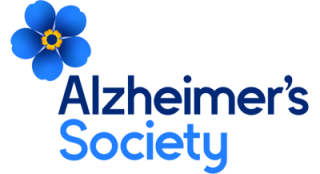
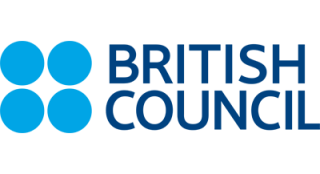
Related programmes
Our members contribute to BSc and master's degrees within the Faculties of Medical Sciences and Life Sciences. We also have a long and excellent track record in providing high-quality training to undergraduate, master's and PhD students interested in the areas of neuro glia development, plasticity and disease. More than 30 PhD students have trained with us, graduated and moved on to further research positions in academia, industry and UK government positions.
Contact details
William D Richardson PhD
Professor of Biology
Email: w.richardson@ucl.ac.uk
Tel: +44 (0)20 7679 6729 / fax +44 (0)20 7209 0470
Nicoletta Kessaris PhD
Professor of Neuroscience
Email: n.kessaris@ucl.ac.uk
Tel: +44 (0)20 7679 6737
Huiliang Li PhD
Professor of Molecular and Cellular Neuroscience
Email: huiliang.li@ucl.ac.uk
Tel: +44 (0)20 7679 6360
Matthew Swire PhD
MRC Career Development Fellow
Email: m.swire@ucl.ac.uk
Tel: +44 (0)20 7679 6797
Postal address
Wolfson Institute for Biomedical Research
The Cruciform Building
University College London
Gower Street
London WC1E 6BT
 Close
Close


